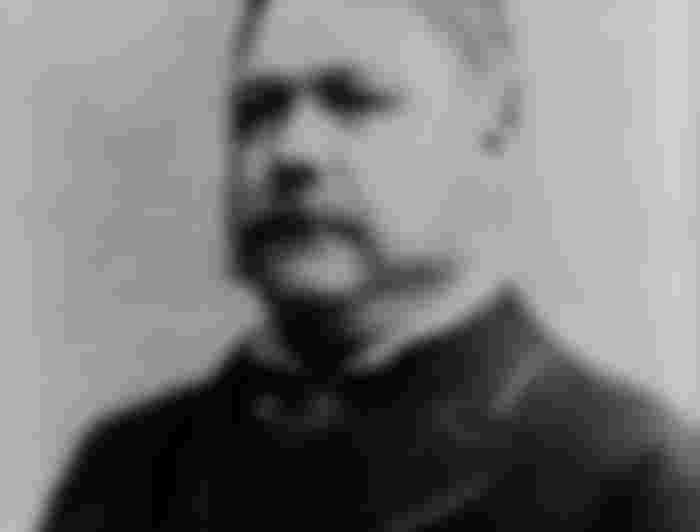First and foremost, the manager must be a leader be the one to lead the team or a group. As such it is incumbent upon him to lay down plans that should spell out realistic objectives to guide subordinates on their jobs. Such plan which serve as a road map should be broad and flexible and should never be spelled out to the last detail, other wise, the thought processes of the subordinate tend to stop and as a consequence he becomes an automation as he proceeds in the implementation. One other result is that it denies opportunities for subordinate development to their fullest potential.

To insure effective implementation of the plan, there should be ipen communication in the organization between management and subordinate rank and file. It is evident that since it is a job of the manager to manage and be a good leader he should spend sufficient time managing to get the necessary work done that is, through the cooperation of those under him. A manager or a good leader who tries to do all the job is a classical example of a very poor manager. He is super egoist who thinks no one can do a better job than him.

1. Directing the attainment of objectives- creative leadership by top management is the key to the attainment of the basic goals and objectives of an organization. It represents the prime ingredient in the alchemy of Success. To plan, to organize, to communicate, to motivate these by and large are the mechanics of the process.
2. Plan- as indicated in a foregoing, top management must look toward the future through planning. Over and above, it must plan creative thinking. Creative thinking ensure an imaginative approach. Perhaps the best way to clarify the objectives of an organization is to visualize where the business will be five, ten, or twenty years hence. The importance of clear thinking cannot be overemphasized. Clear thinking is not only essential in planning. Equally so in decission making. Thinking of course is the broadest kind of work. The manager or a leader must knows how will always be his boss. The manager must know why and to know why he must be able to think. Many a manager or a leader may well say. I can't do creative thinking, well if he cannot he is not capable of good planning. More so of making wise decision.
3. Organize- a corporation or a company's objectives can only be attained through the concerted efforts of its people. It is quite obvious that even the best thought out ppans would be impossible for realization in the absence of a sound organization structure. Recruitment, training anf development of mass power.

Whay kind of human material is necessary for the attainment of objectives?
The chief executive must choose with care his fellow travelers on his own journey and the segments of the plan,to be entrusted to each companion. To develop leaders at all levels is a never ending process and hence, of recruitment. Quality of talent rather than quantity is the chief force that drives the company along the road toward its objectives. Along with screening the kind of people whom a sound structure can be built goes the maximum delegation of responsibility and authority. This does not mean surrender of personal leadership or scrapping basic objectives. There is a fine psychological line behavior between strong armed dictation and firm insistence to basic policies. The chief executive or the manager cannot afford to abdicate his fundamental leadership leadership responsibilities no matter how well organized are the subordinates below him. Sound leadership is expected of him.
People prefer to excercise their own iniative it is true but they also respond to capable and effective leadership. Regardless of the growing complexity of our society, personal leadership is still the most priceless asset and it always will!

Communicate- organization layers are the natural enemies of adequate communication. Traditionally the layers between the front office and the rest of the body corporate tend to insulate company officers from those who must carry out policies, the greater the number of layers the more effective the insulation.
Cutting out layers is also one of the best techniques og communications follow through of seeing that jobs are done the way managers or leader want them done.

Motivate- communication does not stand by itself to the attainment of objectives. It is only effective if it motivates. The Manager or a leader must be able to enkindle the rank and file employees with a burning desire or enthusiasm to feel happy and joyful with the prevailing conditions in the organization.


Motivating each other can make everyone's happy. Specially in the business world. Because the battles its noy easy!
Such a situation is responsible for the development of high morale. Misunderstandings, lanot conflict and antagonism will not be able to find any room in the organization or in the company. This implies that morale exist in varying degrees and that it may change from one time to another. There may be discerned a company wide state of moralr, or moralr may suffer from one sub-unit to the next. To be sure, though high morale exist when employee attitudes are favorable toward their job, their company and their fellow workers favorable to the total situation of the group and to the attainment of organizational objectives. Morale is the best regarded as long run situation.










